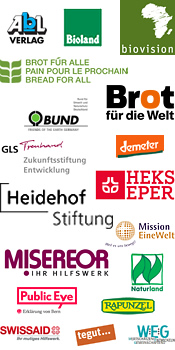Micronutrient deficiencies
Prevalance of anaemia in pregnant women aged 15-49 by WHO region, defined as the percentage of women with a haemoglobin concentration of less than 110 grams per litre for pregnant women.
Malnutrition – a triple whammy
Undernutrition, being overweight and obese, and micronutrient deficiencies are frequently referred to as the “triple burden of malnutrition”. Two billion people across the globe are estimated to suffer from micronutrient deficiency, also termed hidden hunger, which is characterised by a lack of important vitamins and minerals. Iron deficiency is the most common cause of anaemia, which mostly affects young children and women of reproductive age. Between 2006 and 2016, the prevalence of anaemia in women of reproductive age increased globally from 30.4% to 32.8% and remained at around 40% in pregnant women. In 2012, the World Health Assembly set the target of a 50% reduction of anaemia in women of reproductive age by 2025. Anaemia according to pregnancy status has now also been included as an indicator for Sustainable Development Goal 2.
Sources
1 WHO World Health Organisation (2017). Global Health Observatory data repository: Prevalence of anaemia in pregnant women - Estimates by WHO region https://apps.who.int/gho/data/view.main.ANAEMIAWOMENPWREG?lang=en
2 WHO World Health Organisation (2014). Global Nutrition Targets 2025: Anaemia Policy Brief. WHO/NMH/NHD/14.4. https://www.who.int/nutrition/publications/globaltargets2025_policybrief_anaemia/en/
3 UN United Nations (2020). Global indicator framework for the SDGs and targets of the 2030 Agenda for Sustainable Development. Adopted by the General Assembly (A/RES/71/313) with refinements contained in E/CN.3/2018/2, E/CN.3/2019/2 and E/CN.3/2020/2. https://unstats.un.org/sdgs/indicators/Global%20Indicator%20Framework%20after%202020%20review_Eng.pdf


